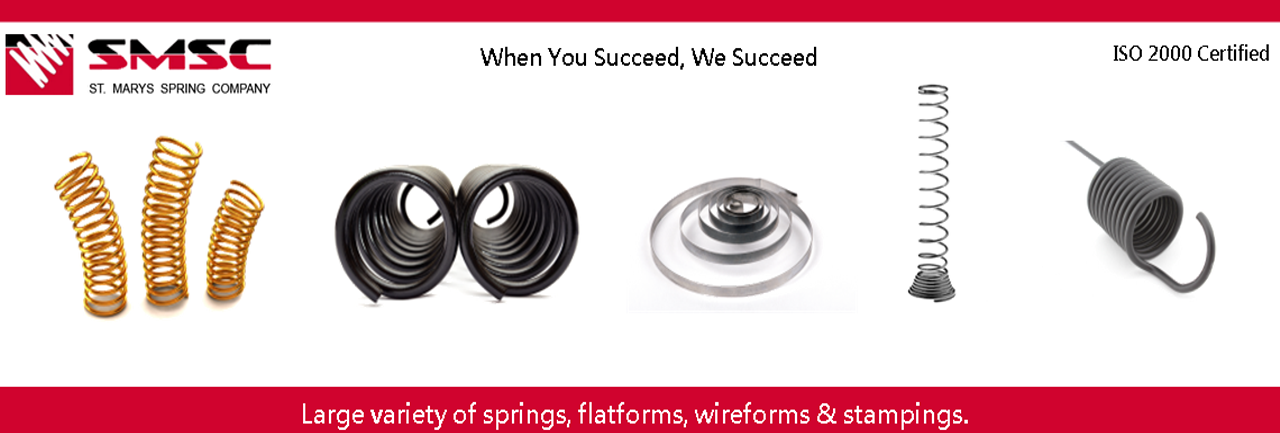Industrial springs refer to a category of springs that are used in various industrial applications. These springs differ due to their capabilities to meet complex industrial requirements. In the previous blog, we have discussed various types of industrial springs and their categorization. We have concentrated on the types of industrial springs based on their shape. In this blog, we will discuss industrial springs based on their load force types.
Types of Industrial Springs Based on their Load Force Types
These springs are designed for all those applications that use torque or axial forces. Following are some of the popular types in use today:
- Compression Springs: These springs are the most common types of industrial springs. These springs are used for commercial applications too. These springs are known for their expandable properties. This means that they can contract as well as expand when the load is applied. The compression springs can store mechanical energy, which adds to their shock absorbent properties. These springs require no attachments at their ends.
- Tension Springs: These are tightly wound springs that are designed to operate under tension. The springs are stretched to a certain length when load is applied. In unloaded position, the coils of spring touch each other. The tension springs are used to counterbalance heavy industrial doors. These industrial springs are also used to control levers in several industrial applications.
- Torsion Springs: These are the types of springs that use axial forces. Unlike the compression springs, the ends of these springs are connected to other components. These springs store and release angular energy, and can be designed to operate in clockwise, or anticlockwise direction. The torsion springs are easy to adjust. Some of their common applications include garage doors, swing-down tailgates, hinges, lever return applications, etc. Helical springs are the type of torsion springs. The double torsion springs are the most popular types of torsion springs. These springs are designed to resist torque or rotational forces. The double torsion springs feature left and right hand side coil sections. These springs are separately designed, and total force is determined as the sum of two.
- Constant Force Springs: These springs are designed for applications that require tensioning, counterbalancing, and continual loads. These springs are further distinguished into two types:
- Motor Springs: These springs are designed for applications that require high levels of torque. These springs can be used to provide and create rotational, or linear energy.
- Extension Springs: These springs are designed for high load applications. The extension springs can be easily extended 50 times to their relaxed length, and provide constant force.
- Mechanical Springs: Most of the industrial springs are often confused as mechanical springs. However, these are the types of springs, which are designed to rotate, slide, extend, pull, compress, or exert force, when higher force is applied. These springs are used in variety of industrial applications in military and aerospace, oil and gas, and more.
- Variable Springs: These are basically compression springs, where the amount of coil resistance to the load varies depending on the application.
By now you might have got an idea about various types of industrial springs. However, the information may not be enough to cover your application. You can always approach a manufacturer or an industrial spring expert to understand each of these springs in detail.
